Project Name
Chapel of SoundLocation
Area (sqm)
790Completed
2021| Detailed Information | |||||
|---|---|---|---|---|---|
| Project Name | Chapel of Sound | Location |
Chengde Hebei Sheng
China | Area (sqm) | 790 |
| Completed | 2021 | ||||
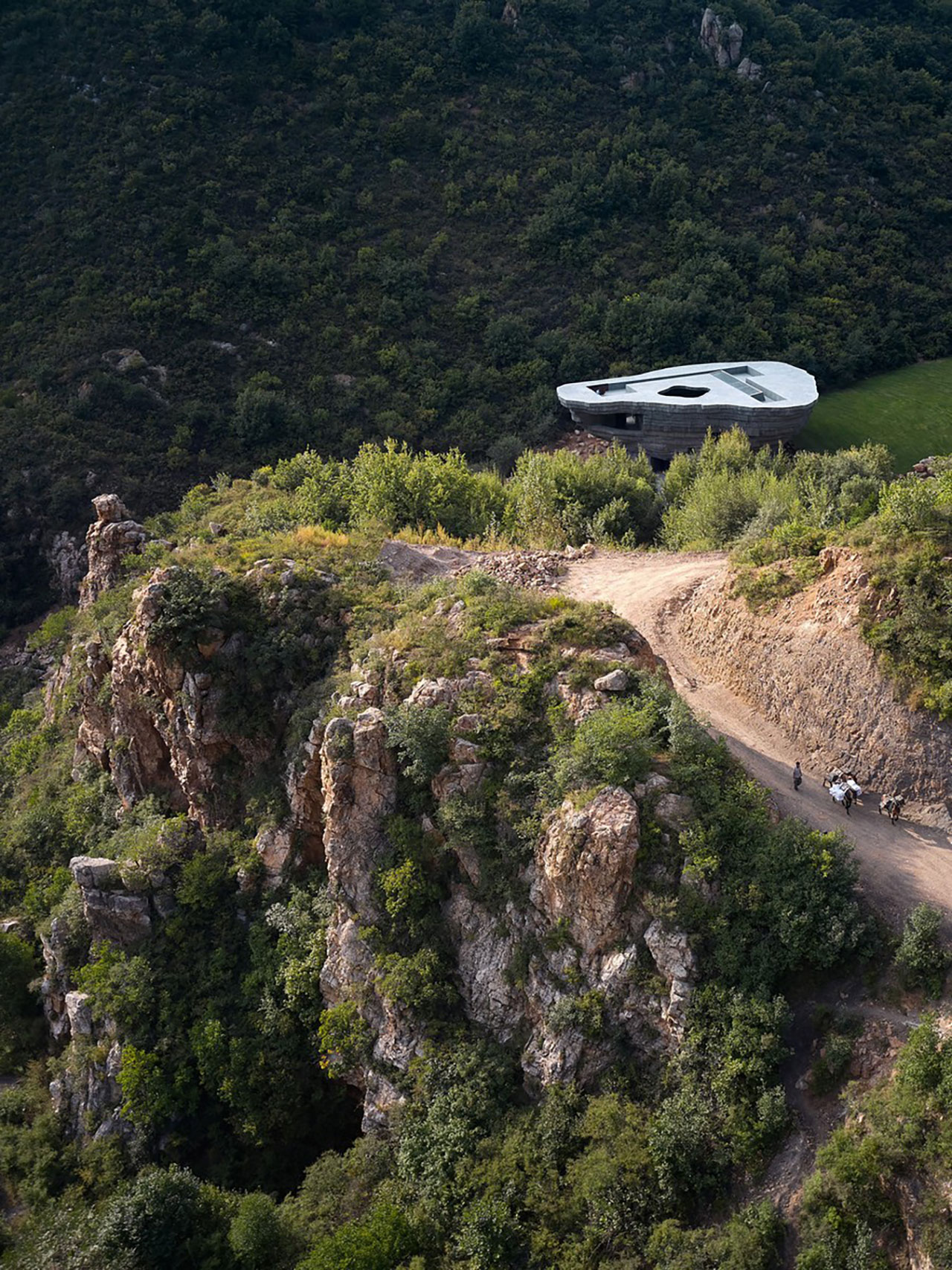
Photography by Jonathan Leijonhufvud.
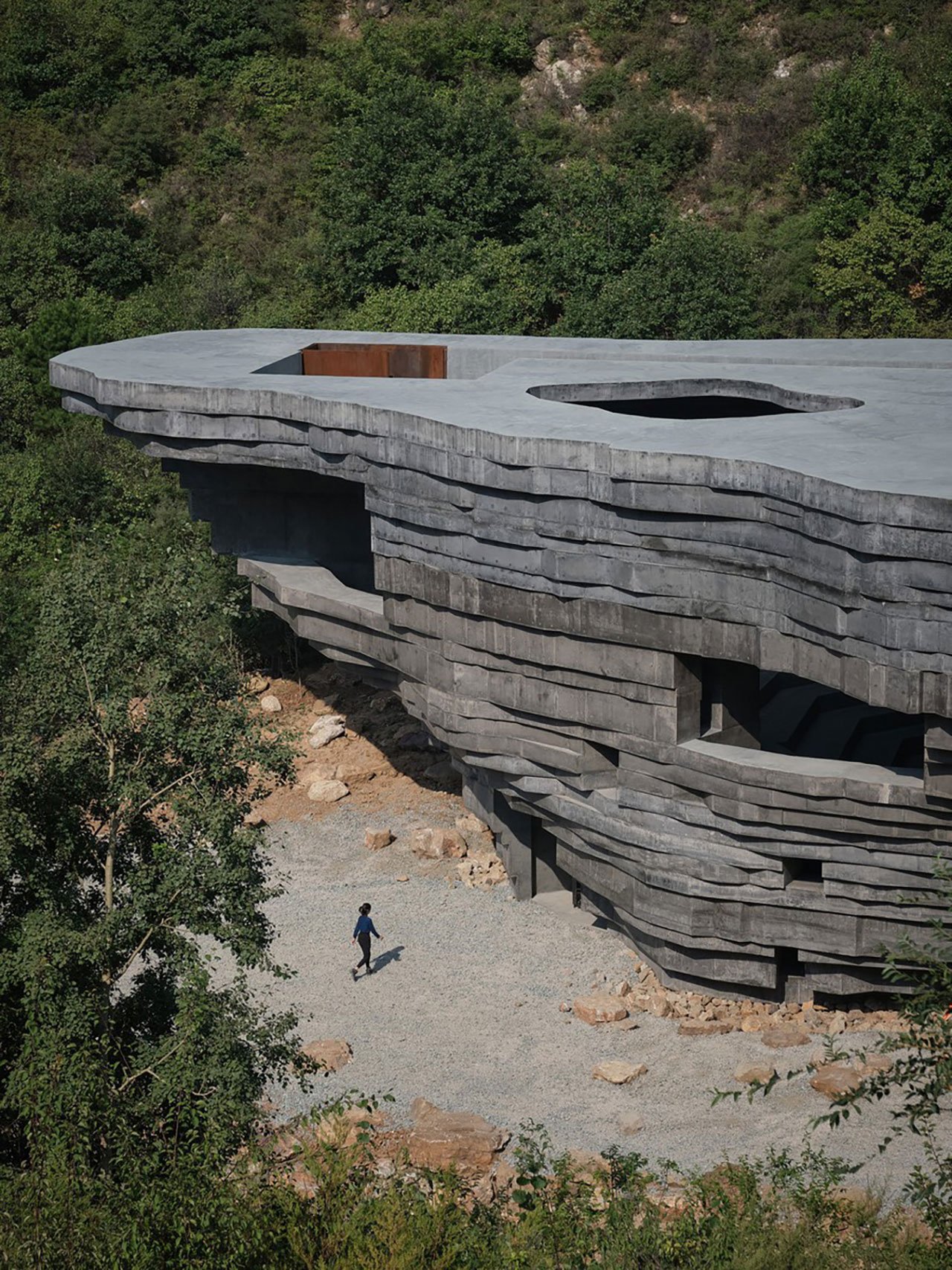
Photography by Jonathan Leijonhufvud.
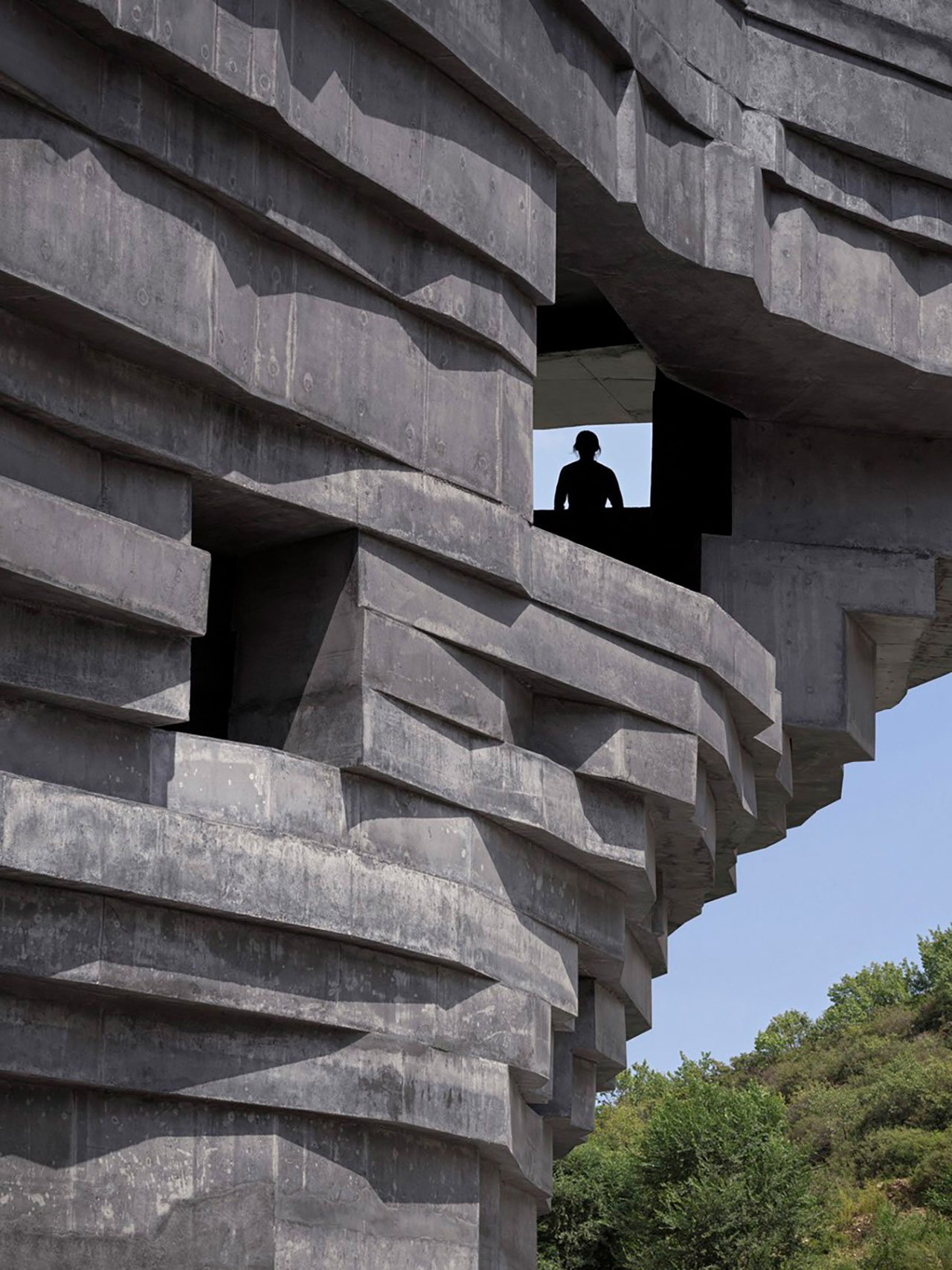
Photography by Jonathan Leijonhufvud.
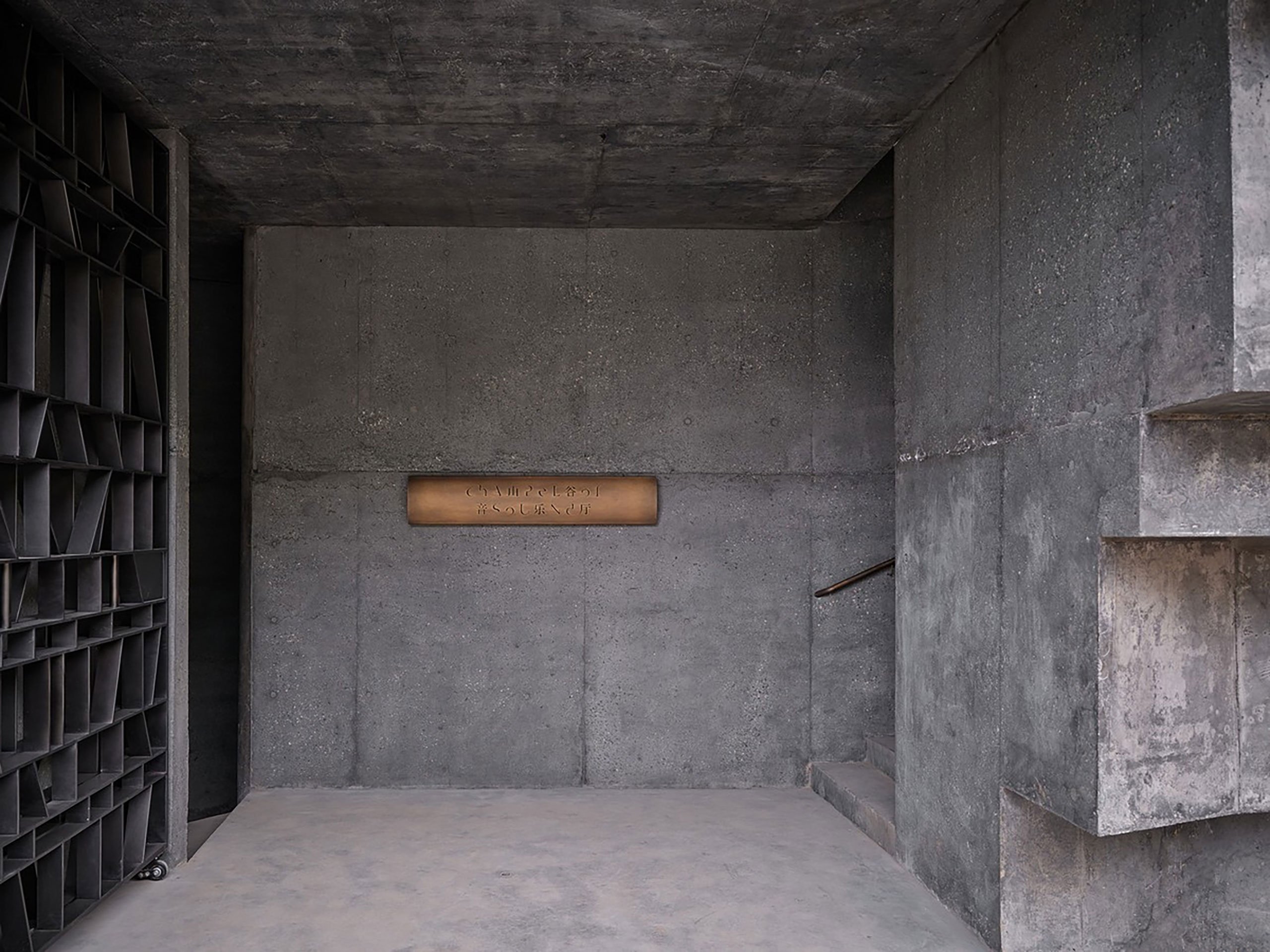
Photography by Jonathan Leijonhufvud.
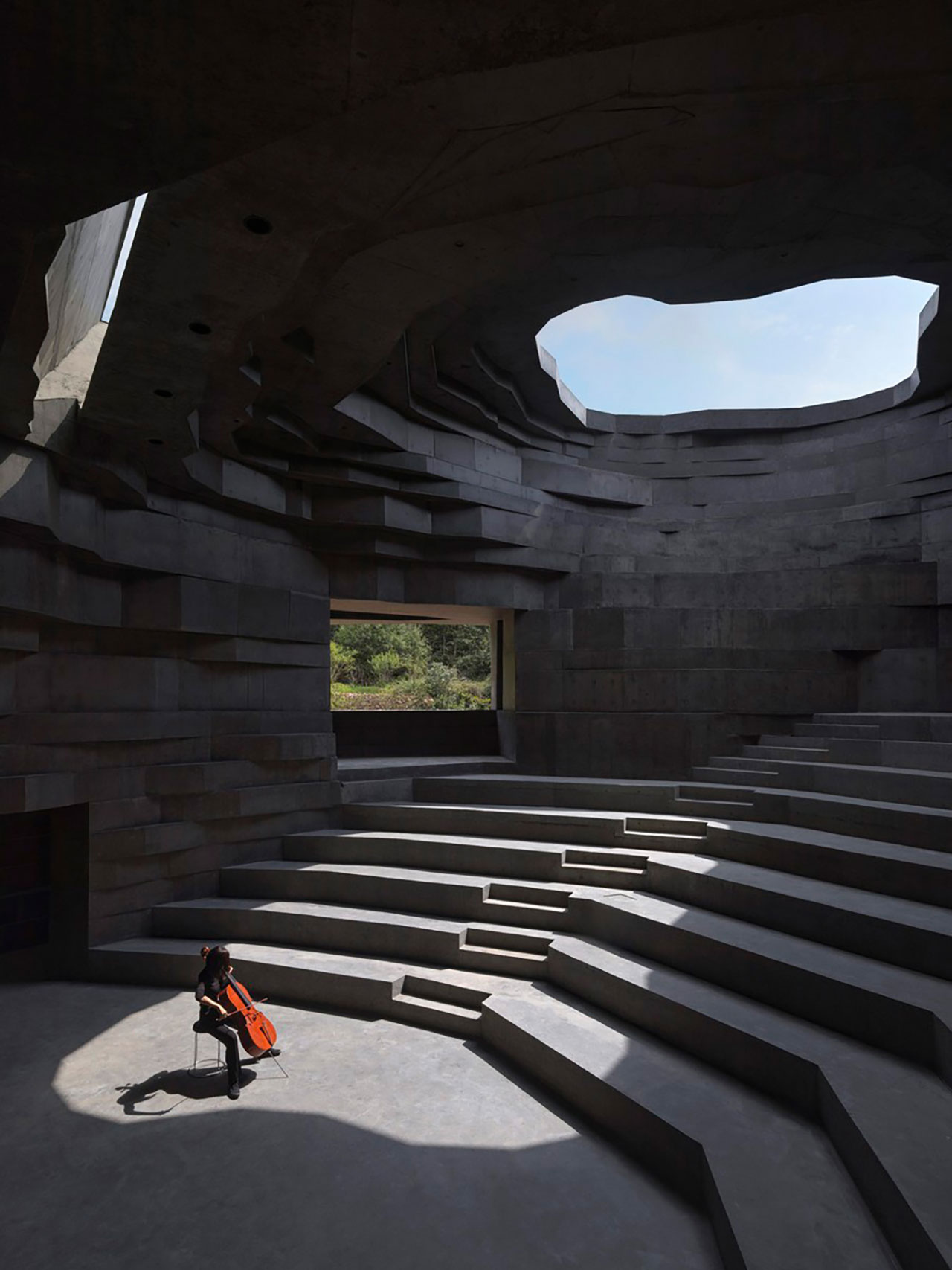
Photography by Jonathan Leijonhufvud.
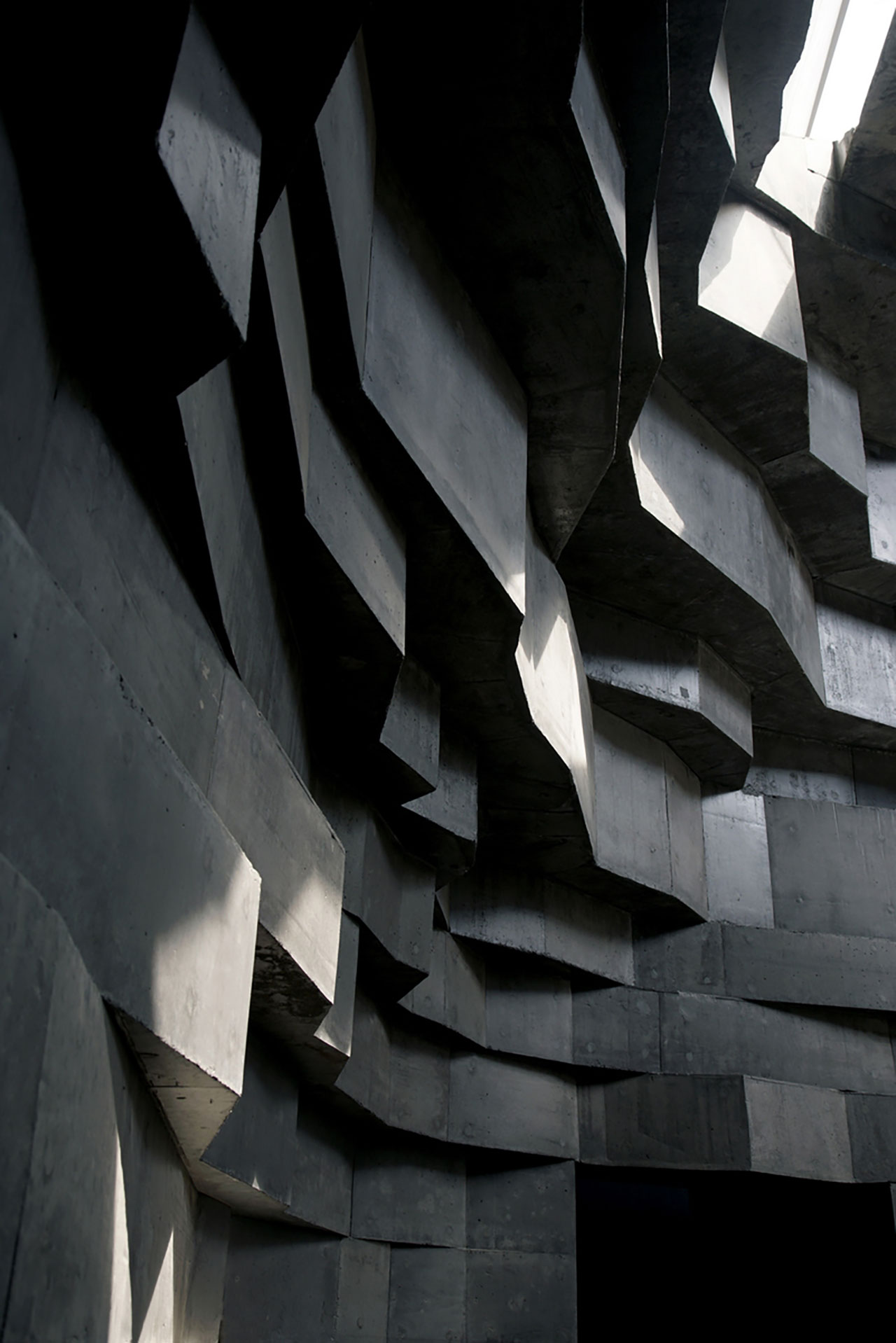
Photography © OPEN
At the heart of the building, the amphitheatric concert hall is a versatile space that can host large-scale musical performances as well as provide a venue for individual reflection. An outdoor stage provides additional performance space, while a rooftop viewing platform, accessed via interstitial staircases winding through the building, offers panoramic views of the valley and the Great Wall. Finally, bronze accents such as handrails and doors add warmth in the otherwise stark concrete spaces.
Taking advantage of a very open brief, the team explored all aspects connected to musical performances and sound properties in order to arrive at the final shape of the building, ultimately informed by how sound reverberates in natural spaces such as caves. Guided by a wish to “see the shape of sound”, as OPEN’s founding partners Li Hu and Huang Wenjing explain, they worked closely with acoustic engineers to ensure an excellent acoustic environment without introducing additional sound absorbing materials, relying instead on the morphology of the inner shell as well as the use of openings.

Photography by Jonathan Leijonhufvud.

Photography by Jonathan Leijonhufvud.
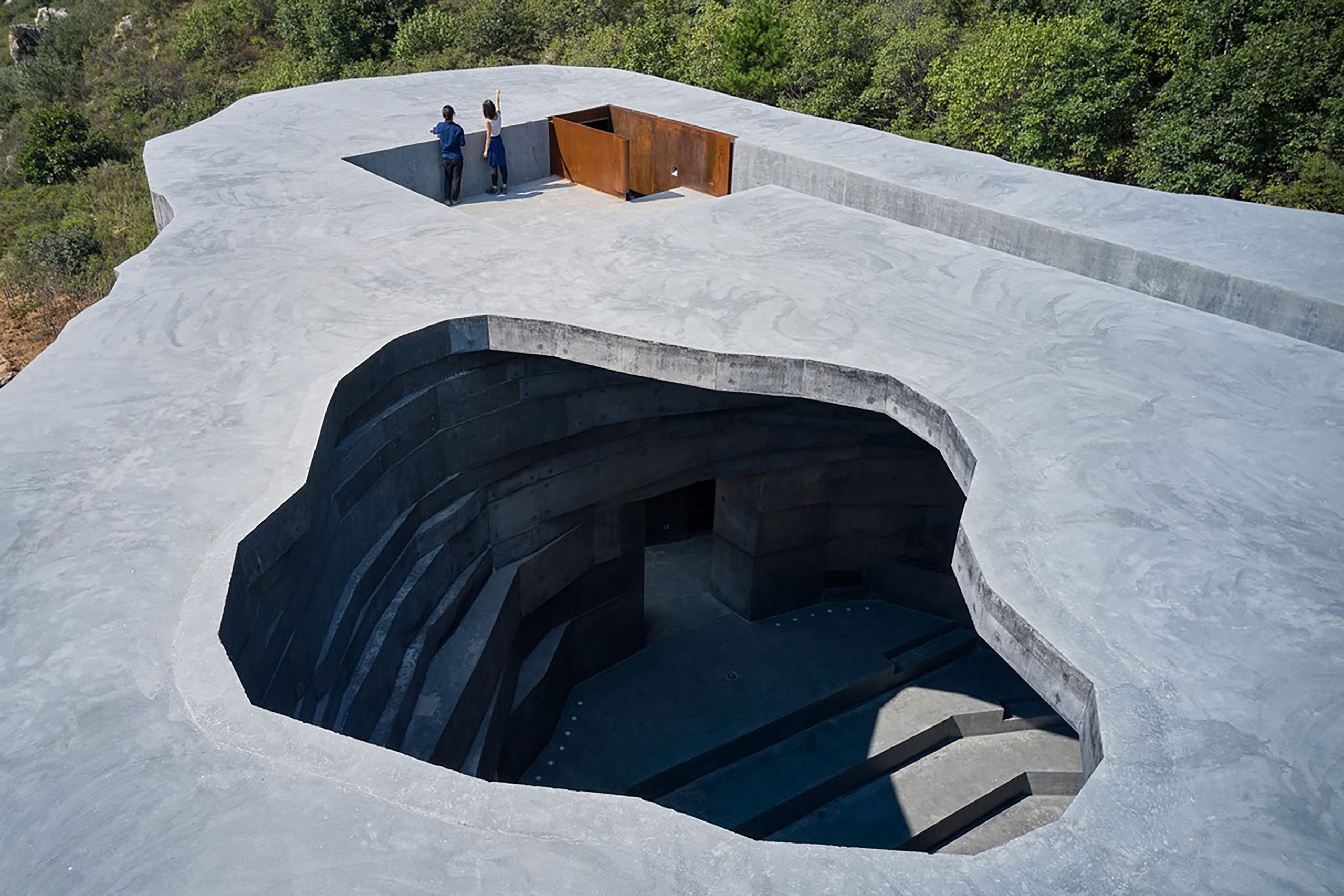
Photography by Jonathan Leijonhufvud.
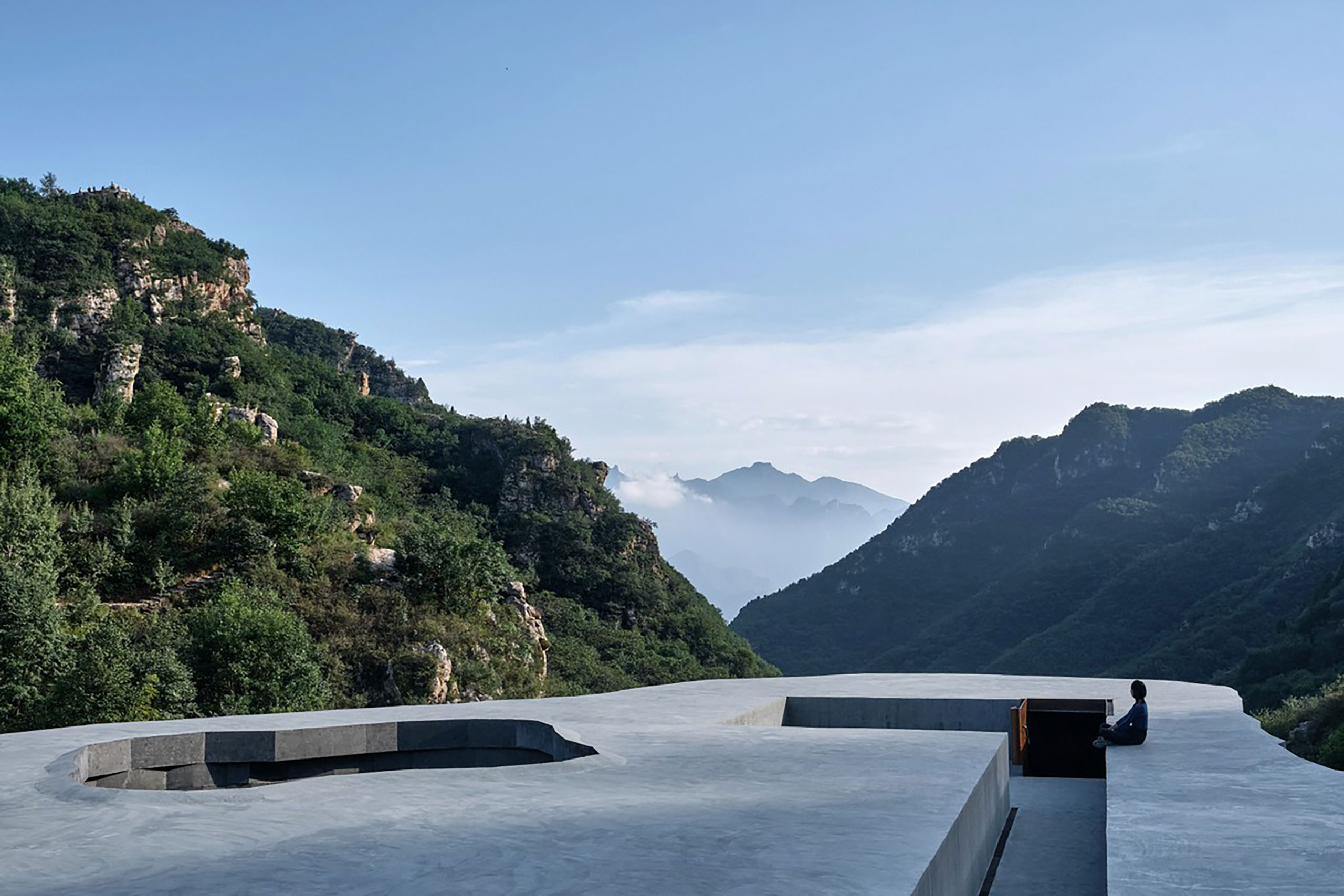
Photography by Jonathan Leijonhufvud.
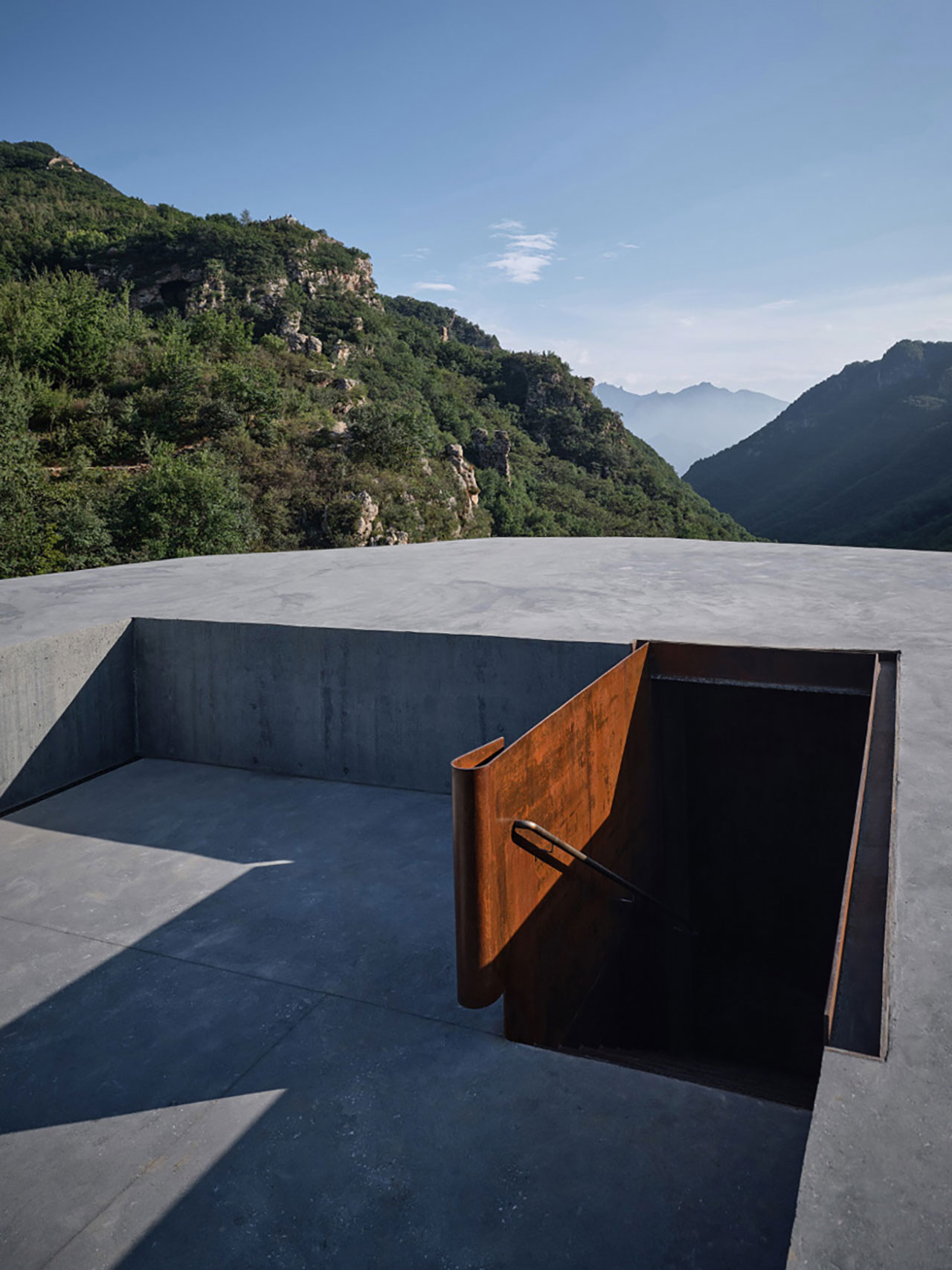
Photography by Jonathan Leijonhufvud.
Ranging from small various shaped cut-outs to a large organically-shaped ceiling aperture, the openings function as sound absorption areas whilst also bringing in stunning views of the sky and the surrounding valley, as well as other different sounds from outside, ranging from the sounds of singing birds and chirping insects, to the wind rustling through the trees. “The symphony of nature is what we really wanted people to experience here”, as the architects explain.
The large roof opening also allows natural light to illuminate the concert hall minimizing the need for artificial lighting (part of OPEN’s sustainability ethos); the building actually has no heating or air-conditioning, allowing it to consume minimum energy. And if you’re wondering what happens when it rains, any water that falls through the opening – a mesmeric performance in its own right – is quickly drained away to then cascade down the steps courtesy of a clever drainage system inspired by the Pantheon in Rome. So whether you’re listening to the rain, a concerto or a symphony, watching a choir perform or the sunlight sweeping across the walls, the Chapel of Sound is a treasure trove of solitary and communal experiences that are both inspiring and healing.
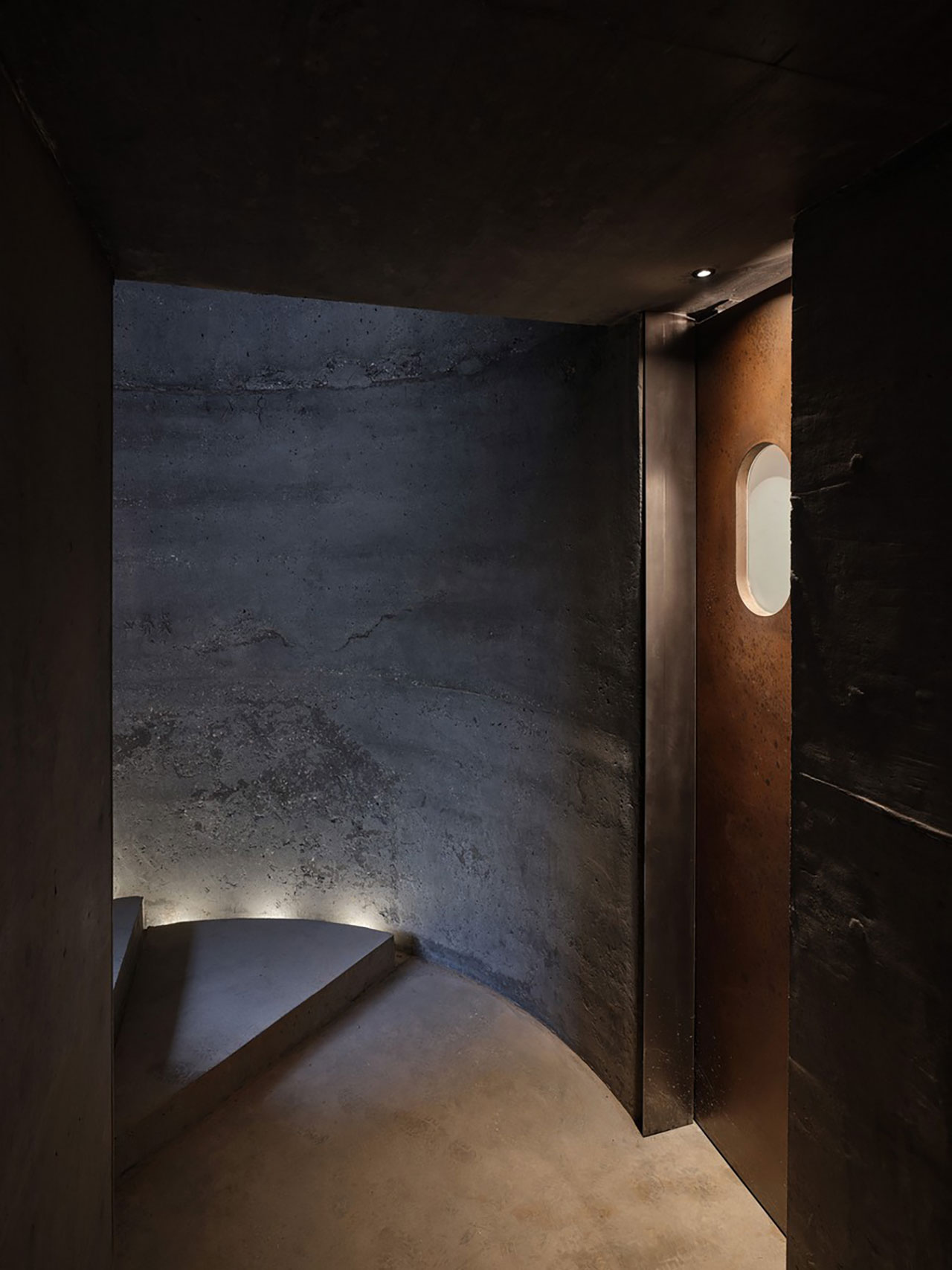
Photography by Jonathan Leijonhufvud.
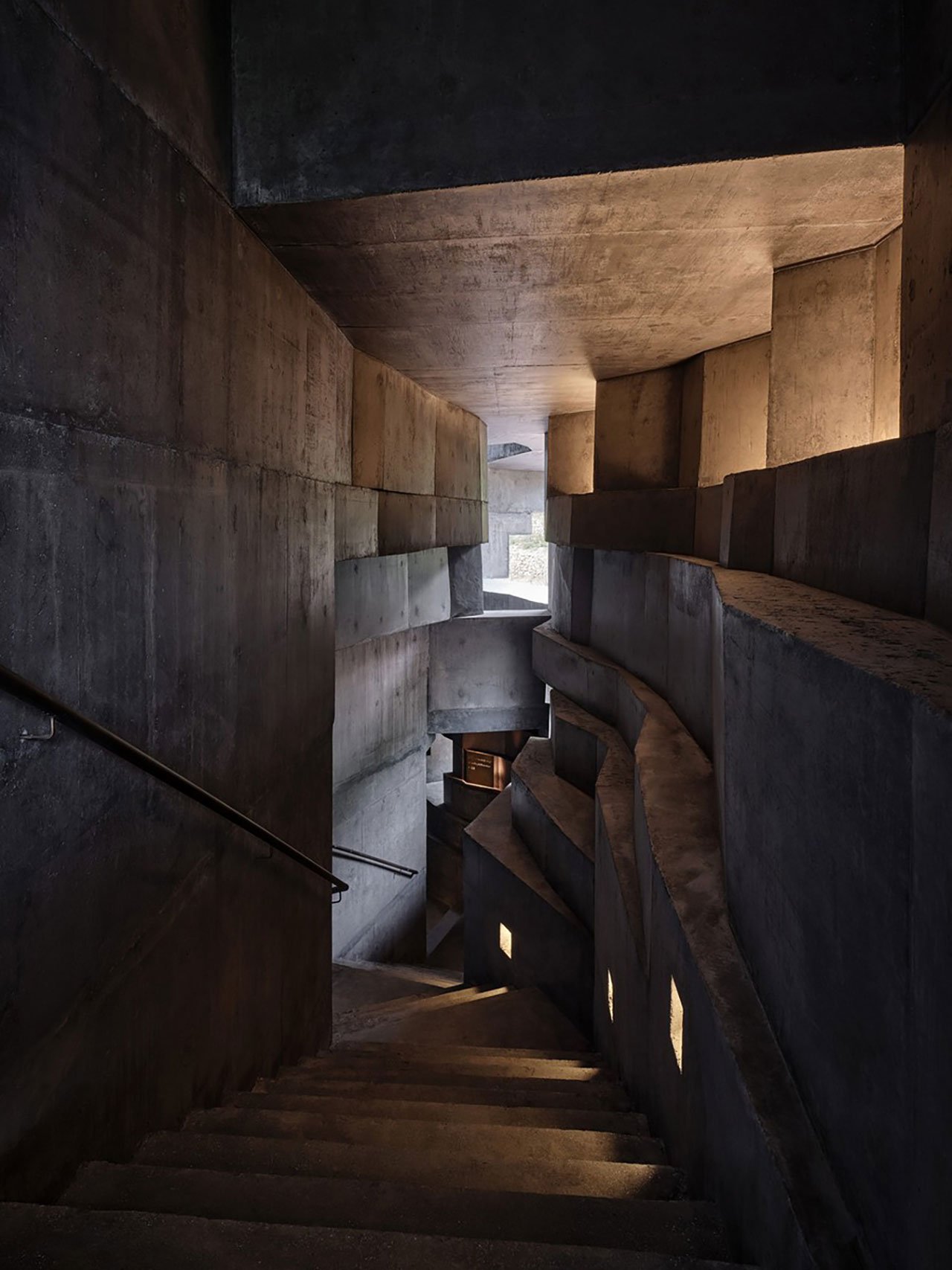
Photography by Jonathan Leijonhufvud.
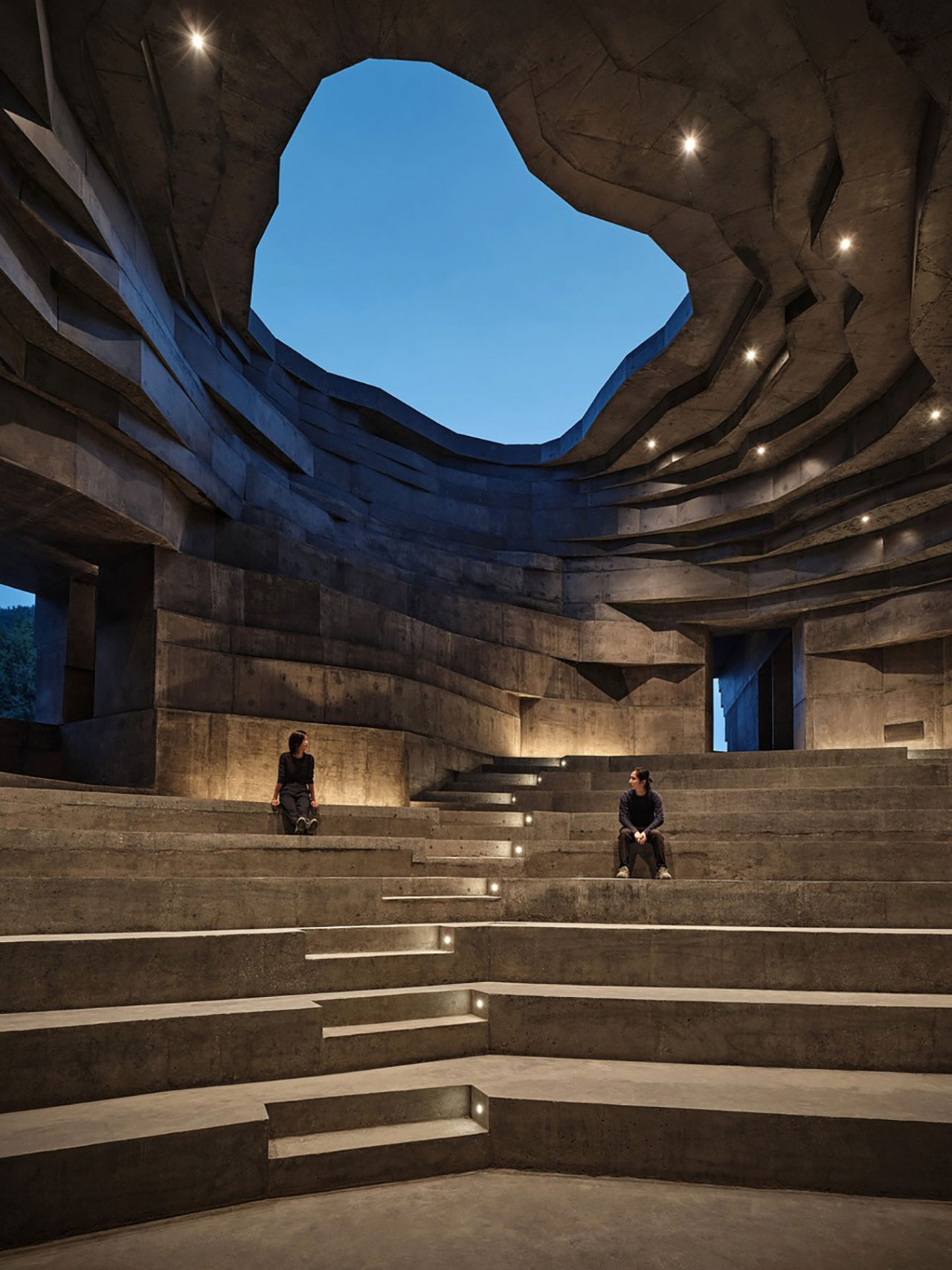
Photography by Jonathan Leijonhufvud.
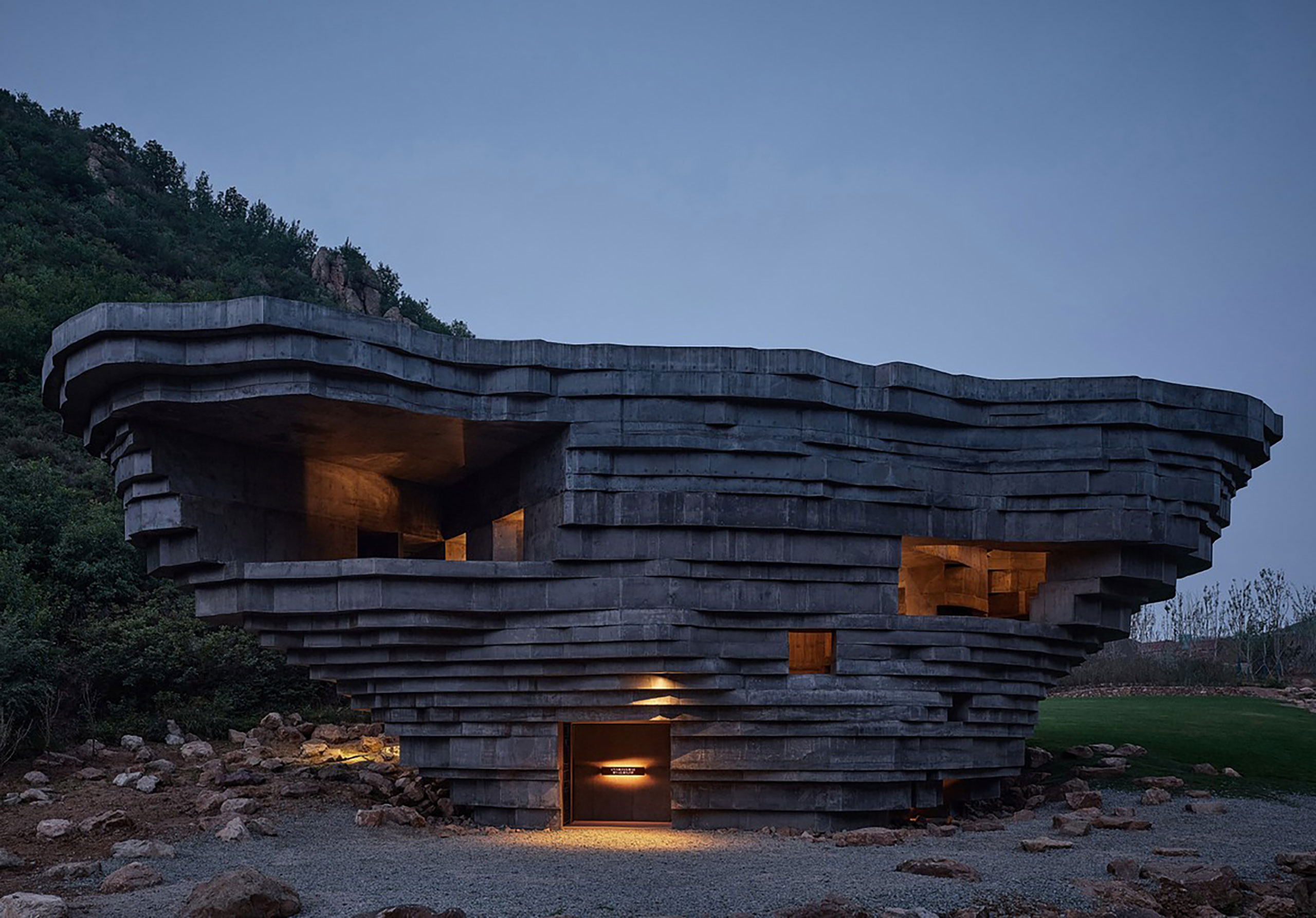
Photography by Jonathan Leijonhufvud.
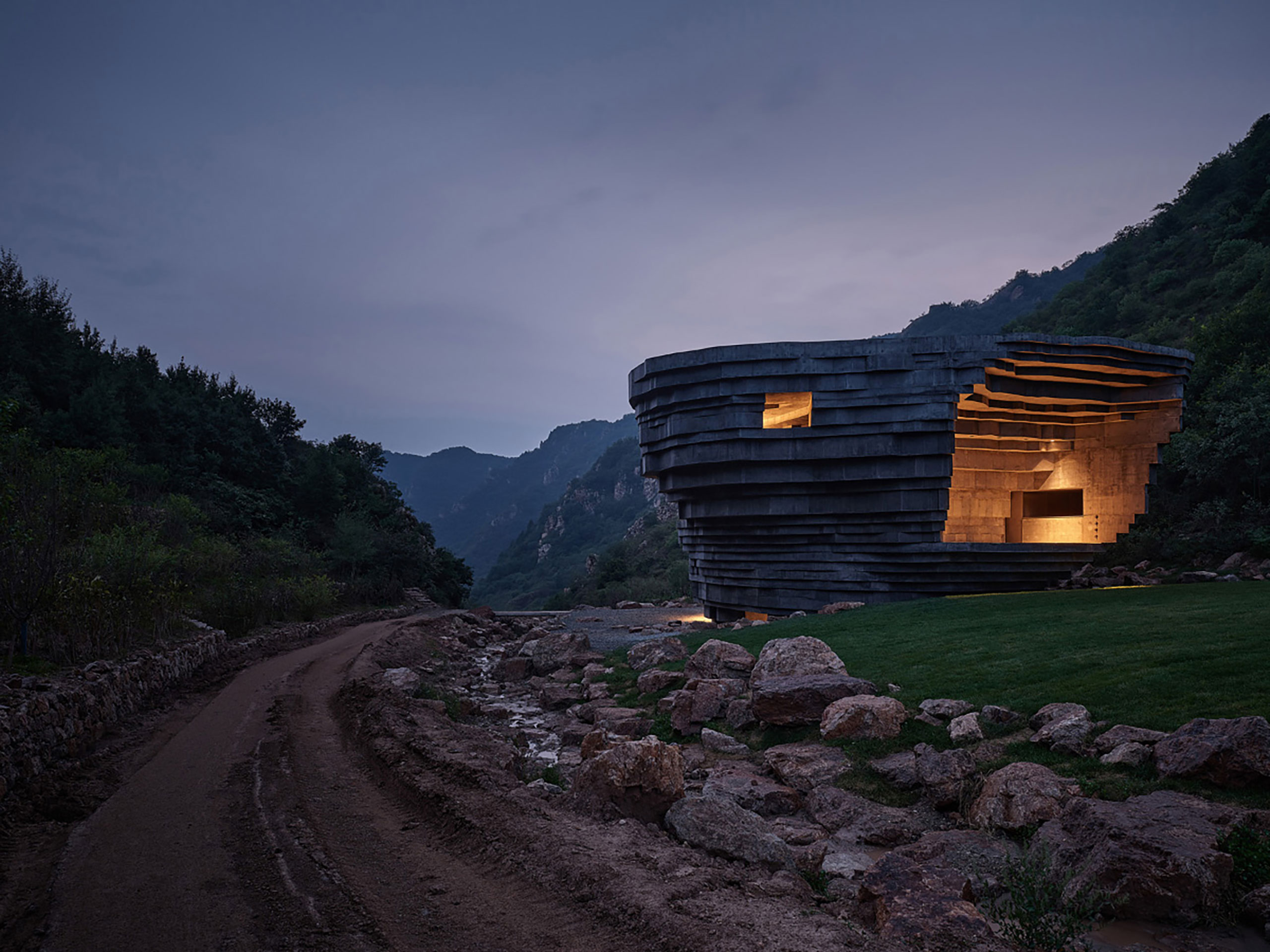
Photography by Jonathan Leijonhufvud.














